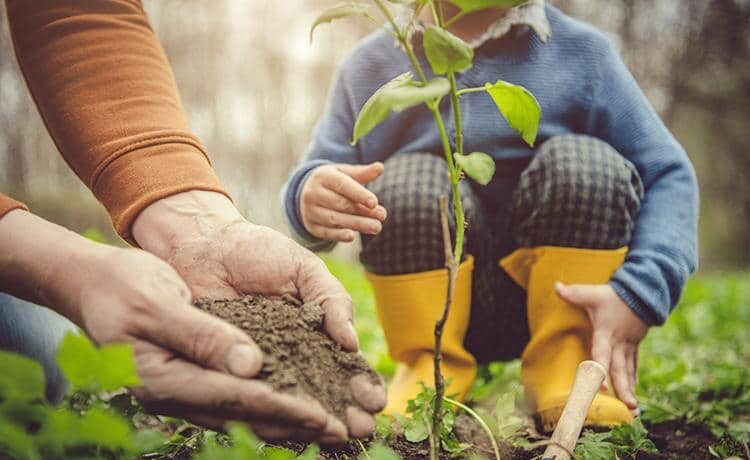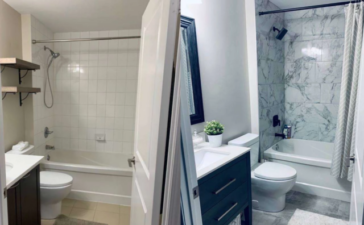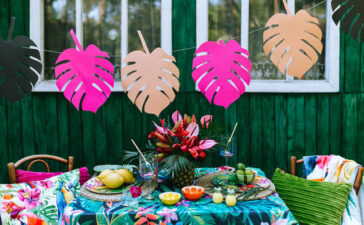Never did gardening before? Worry not. Have your garden sprout out to reality with the following gardening tips from TheTreeCentre.
1. Have the Right Location
Setting up a garden is like venturing into real estate. Having the right location is a key factor in determining the success of your garden. Put up your garden in an area that you can easily see. This encourages you to want to work on your garden every time you walk around.
2. Sunlight
Not monitoring the correct movement of the sun is a pitfall that most beginners never avoid. Have a good look at the sun’s movement through your yard before setting up a spot for your garden. Most plants, vegetables, fruits, and herbs need access to the sun for at least 6 hours to do good.
3. Have a Water Point
One of the key factors to having a thriving garden is to have it set up in a near close water point. Make sure your garden is close enough to water using a hosepipe so that you do not have to carry water to the garden when the plants need watering. The best way to know if plants need water is to push an inch of a finger down the soil around the stem. If it is dry, it is probably the right time to water them.
4. Choose The Right Soil
When setting up a garden have the right soil. Soil that is rich in nutrients and well kept is recommended. Get the best soil by simply mixing the usual garden soil to about 7 inches(if you planning to have it on the ground). If you have a raised bed in mind, then go for raised bed soil. It has the perfect weight and texture for a raised bed growth.
5. Evaluate your Containers
When space is a determining factor, you can always turn to containers. You can have as many plants as possible growing in pots, including flowers, herbs, shrubs, berries, and fruit trees. If you are using a container for gardening, ensure the containers are large enough for the hosting plant before filling it with potting mix. It will help protect your plants from underwatering or over-watering. A container with adequate space allows the plant to thrive.
6. Pick the right plants
Stay away from plants that do not match the growing conditions in your garden. If you have sun-loving plants, make sure they are in sunny spots. For climbers such as pumpkins and melons, make sure they have enough room to climb. You can also talk to an expert about the right plants for your garden. It is advisable to start with young plants instead of seeds as young seedlings have better chances of becoming successful plants. This works well if you are planning on growing mostly herbs and veggies.
7. Know your hardiness zone
This helps you choose the best plants for your weather so that you do not end up with frozen and dead plants. Hardiness cones are placed in zone numbers where the warm climates have higher numbers. If you are in zone 5 and choose a plant for zone 6, then it will probably die. However, if you pick plants hardy to zone 4, they can survive in your garden.
8. Get to know the frost dates in your area
Knowing when to plant during cold seasons can save your garden from disaster. Find out the average spring frost date for the area your garden is located in to ensure you do not put out the plants prematurely. You should also know the average frost date for fall so that you harvest or move your plants indoors on time.
9. Put some mulch in the garden
Add a layer of mulch for each plant to help block the sun and reduce weeds. It also reduces the rate of evaporation of the water around the plant, which means you do not have to keep watering the plant. You can use shredded leaves, straws, or other materials to make the mulch, or you can buy it from a store.






